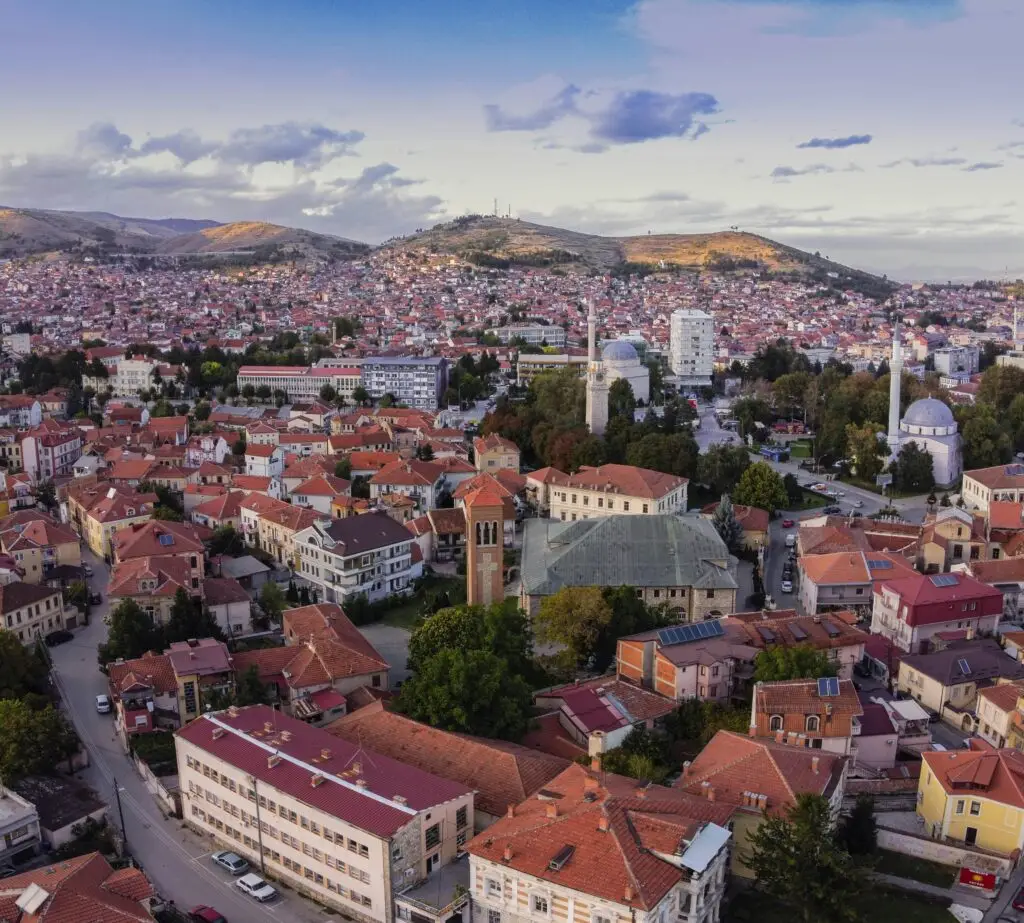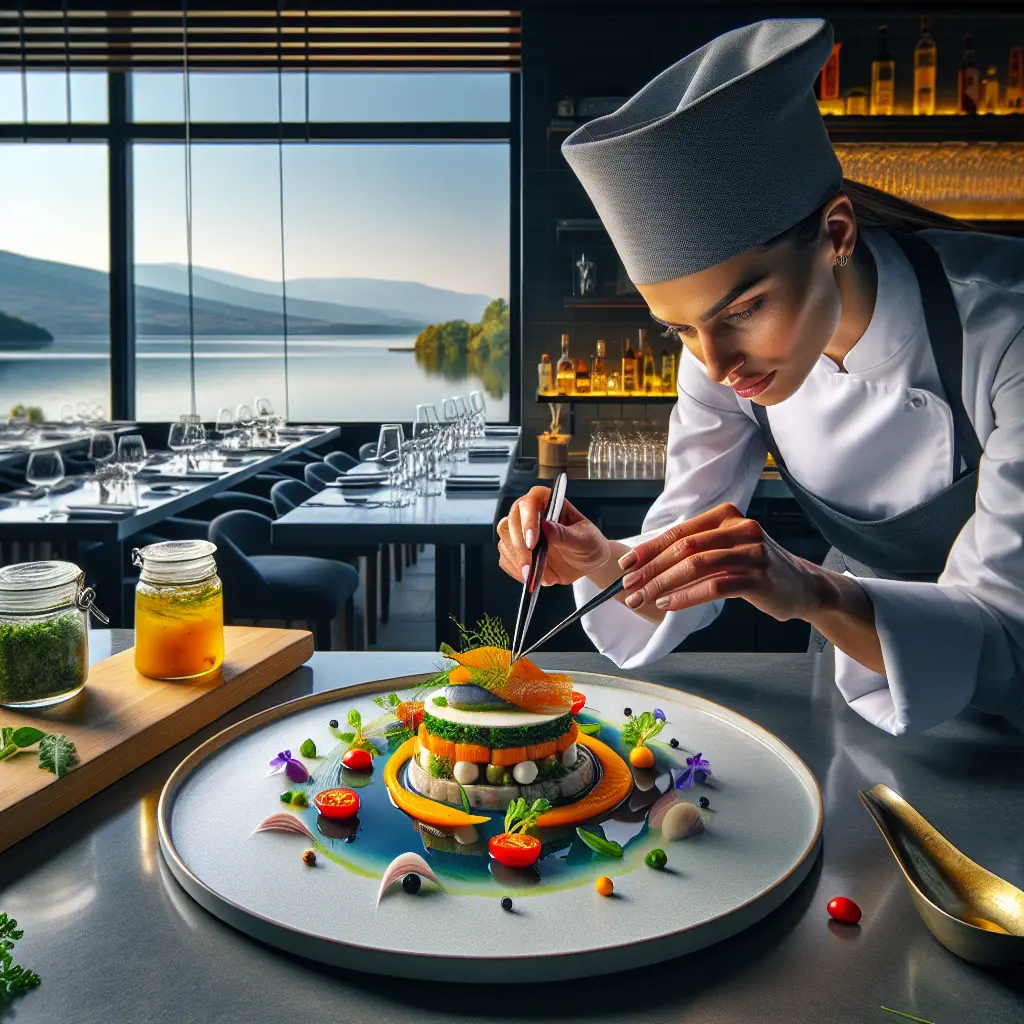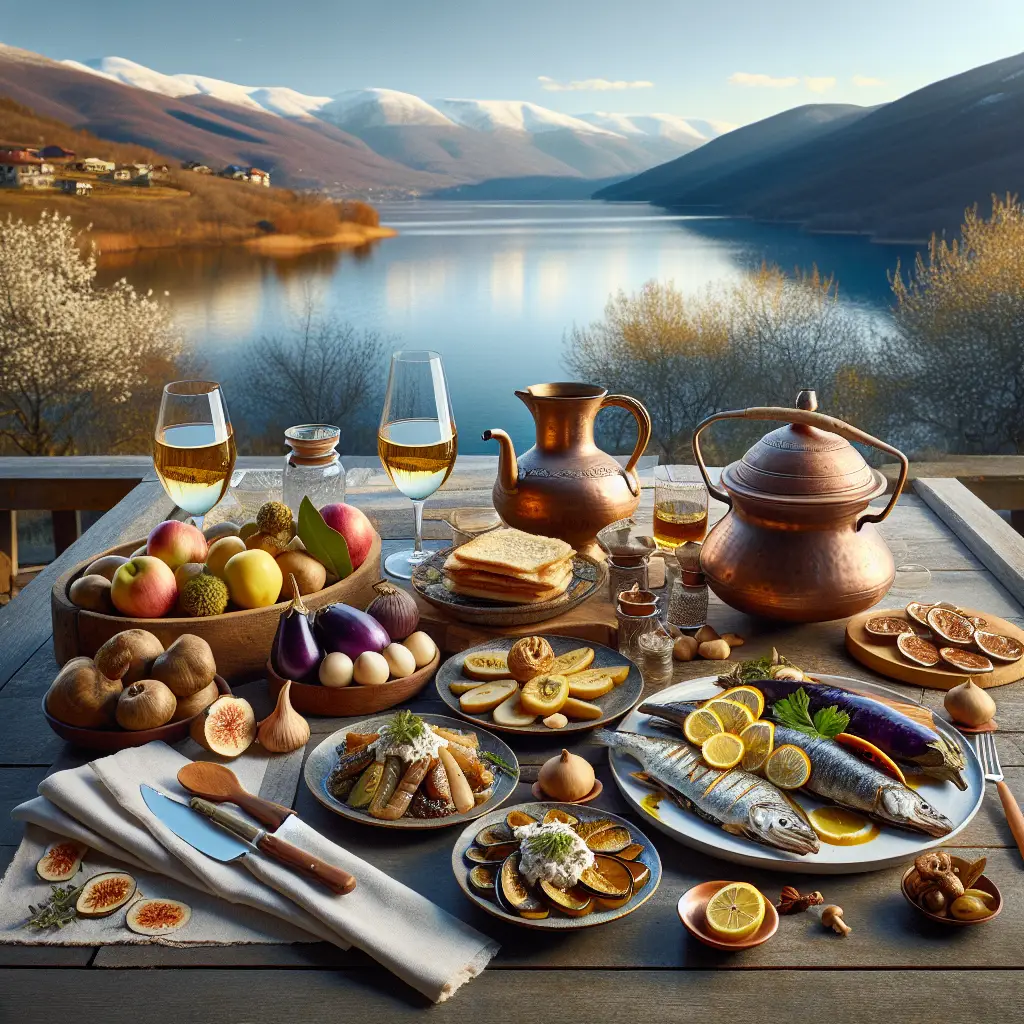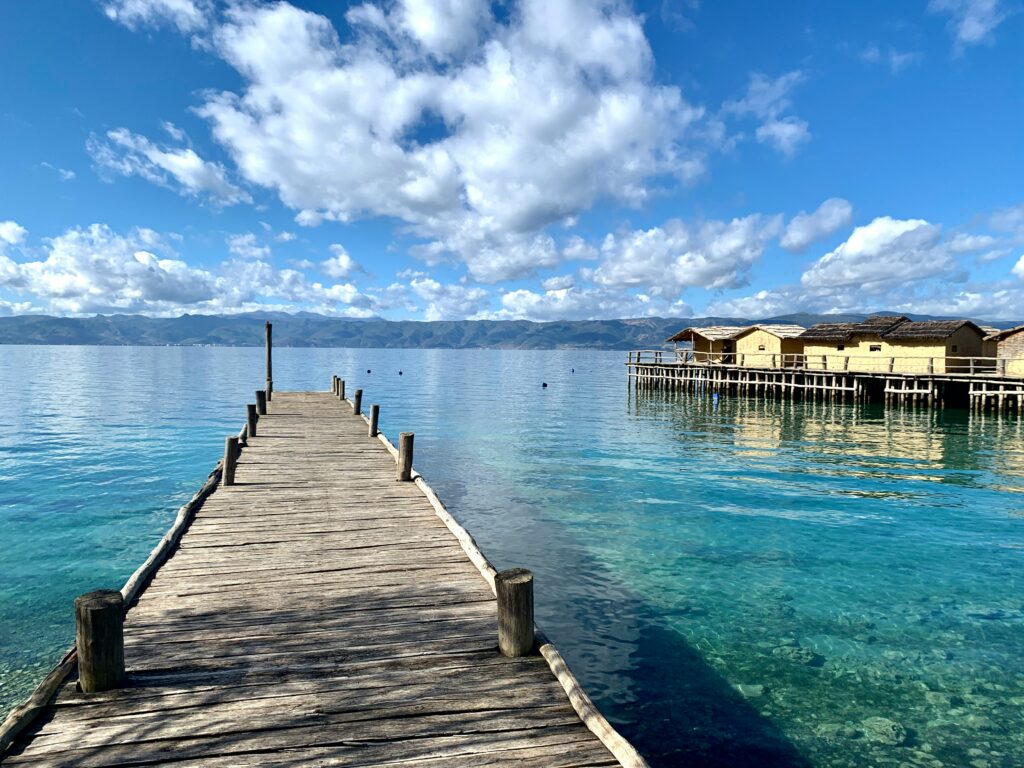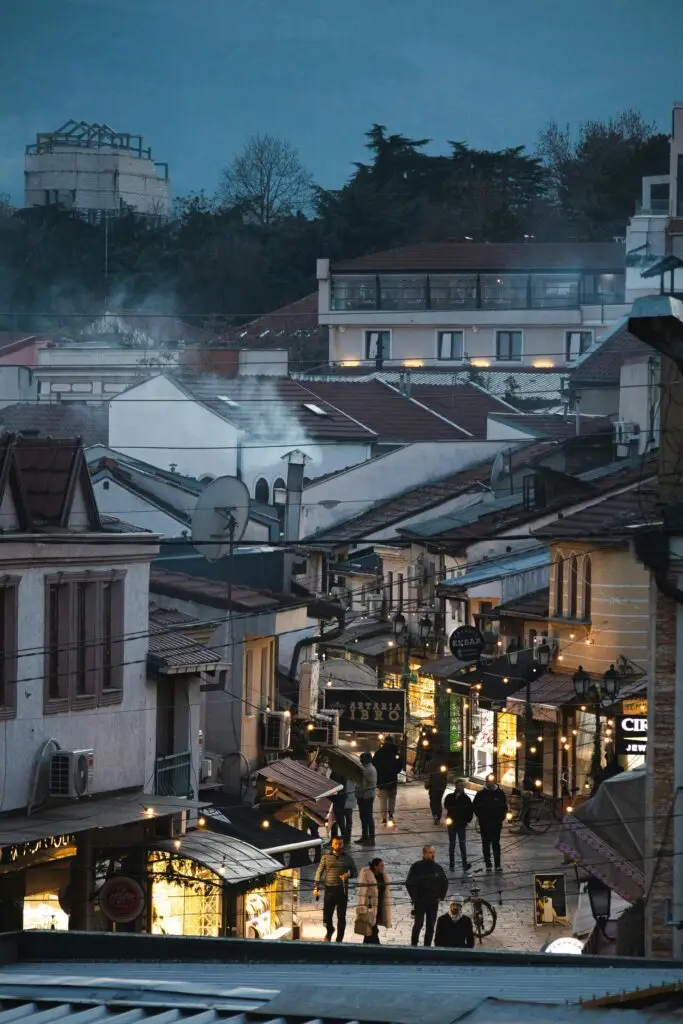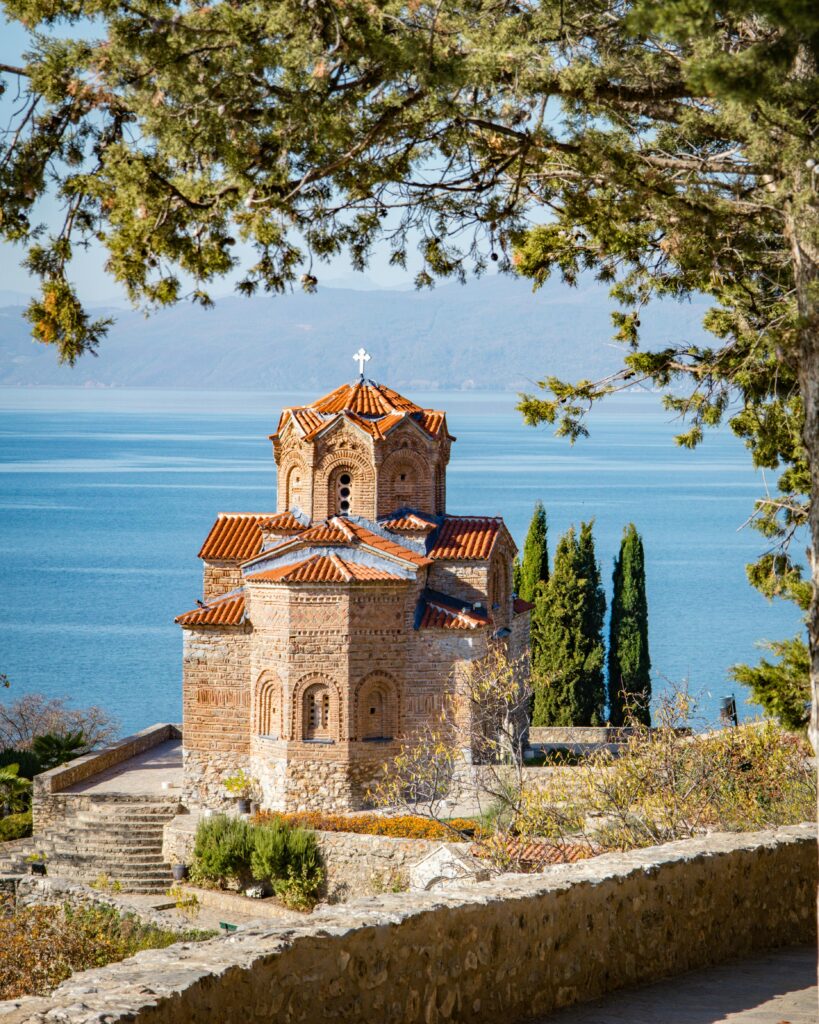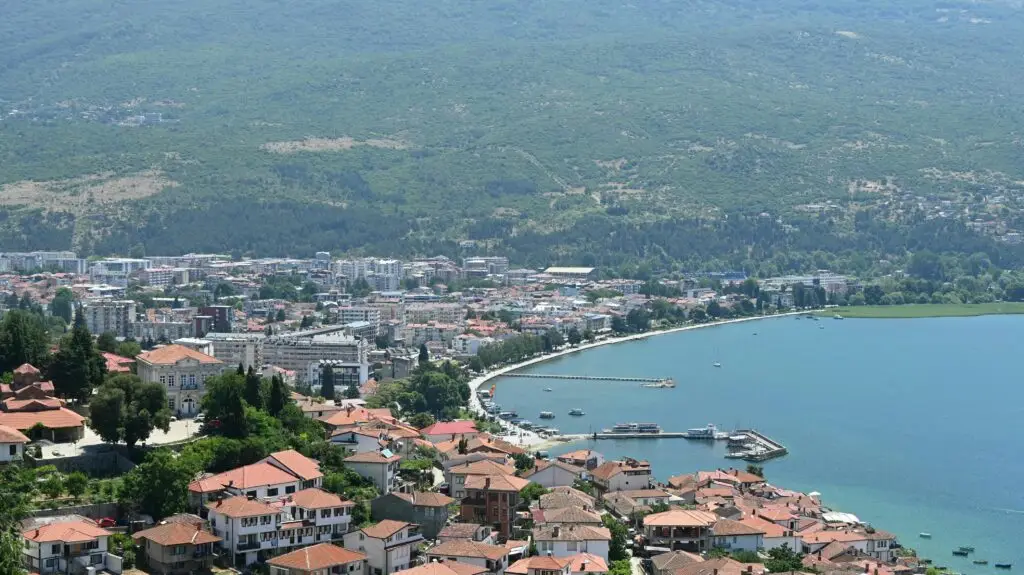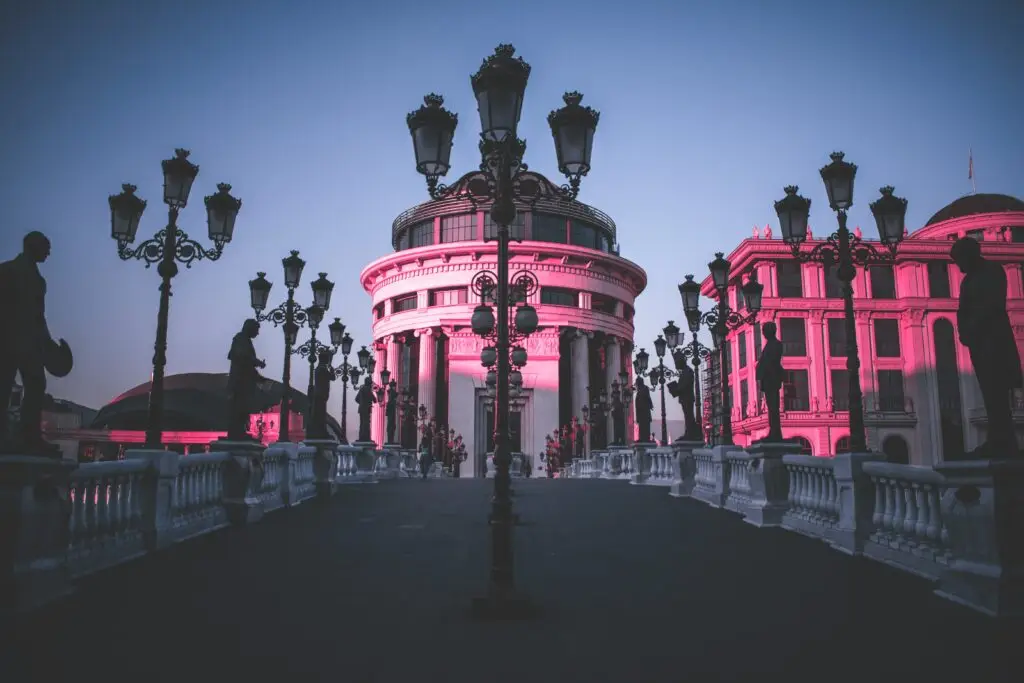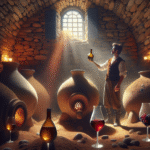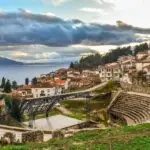Now Reading: The Remarkable Revival of North Macedonia’s Forgotten Wines
-
01
The Remarkable Revival of North Macedonia’s Forgotten Wines
The Remarkable Revival of North Macedonia’s Forgotten Wines
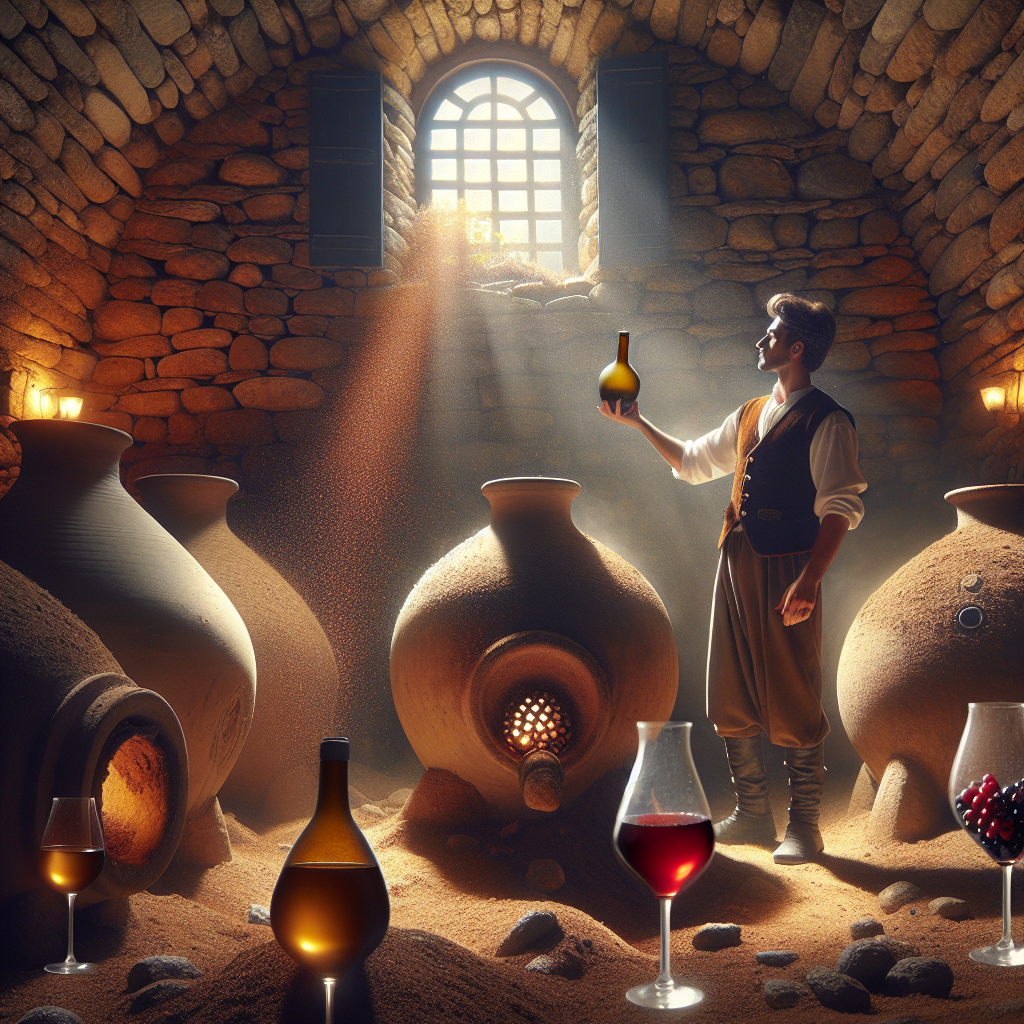
From ancient grape varieties once nearly extinct to natural winemaking methods that predate modern technology, North Macedonia's wine renaissance is capturing the attention of oenophiles seeking authentic and undiscovered flavours.
In a stone cellar beneath his family home in the village of Vatasha, Filip Bogevski tends to clay qvevri – large egg-shaped vessels buried to their necks in the cool earth. Inside them, juice from the indigenous Stanushina grape slowly transforms into wine through methods that have remained essentially unchanged for thousands of years.
“My grandfather made wine this way, and his grandfather before him,” explains Bogevski, whose small-batch natural wines have recently found their way onto wine lists at restaurants as far afield as Copenhagen and New York. “But for decades, these traditions were disappearing as big industrial wineries took over. Now we’re reclaiming our authentic wine heritage.”
Bogevski represents the vanguard of North Macedonia’s remarkable wine revival – a movement that’s seeing ancient grape varieties rescued from extinction, traditional methods reinstated, and a new generation of winemakers creating bottles that express this country’s unique terroir and 6,000-year winemaking history.
For most wine enthusiasts, Macedonian wine has long meant one thing: robust, affordable reds from large producers in the Tikveš region, Macedonia’s answer to Australia’s Barossa or Spain’s Rioja. While these wines – particularly those made from the indigenous Vranec grape – still form the backbone of production, the country’s wine story is becoming far more nuanced and exciting.
“What makes North Macedonia so special is the diversity within such a small country,” explains Master of Wine Caroline Jenkins, who recently led a producer tour of the region. “Within an hour’s drive, you can experience Mediterranean, continental, and mountain climates, each producing distinctly different wines from the same grape varieties.”
This diversity is being championed by a new wave of boutique wineries focusing on quality over quantity. At Malina Estate near Kumanovo, winemaker Ana Trajkovska works exclusively with forgotten indigenous varieties like Žilavka and Kratošija. “These grapes evolved in our specific conditions over centuries,” she explains. “They naturally express our terroir in ways international varieties never could.”
The results are wines with distinctive character that couldn’t come from anywhere else. Trajkovska’s Žilavka offers intense minerality with notes of wild herbs and stone fruit – a perfect accompaniment to North Macedonia’s lake fish specialities. Her red Kratošija delivers bright sour cherry notes with a surprising elegance that challenges perceptions of Balkan wines as merely big and bold.
What’s particularly exciting for wine lovers is how many producers are embracing natural winemaking approaches. At Ezimit Winery near the Greek border, all vineyards are certified organic, interventions in the cellar are minimal, and ancient methods like foot-treading and spontaneous fermentation with native yeasts are standard practice.
“We’re not following natural wine as a trend,” insists owner Nikola Stojanovski. “This is how wine was made here for millennia before chemicals and technology arrived. We’re simply returning to our roots.”
These roots run extraordinarily deep. Archaeological evidence of winemaking in what is now North Macedonia dates back to 4000 BCE, with continuous production through Roman, Byzantine, and Ottoman periods. This heritage is most visible in the Tikveš region, where hundreds of ancient stone wineries carved into hillsides remain visible today.
Climate change concerns are influencing the revival as well. “Our indigenous varieties evolved in this region’s conditions over thousands of years,” notes viticulturist Elena Milevska. “They have natural resilience to drought and heat that will become increasingly valuable.” Her experimental vineyard is studying how traditional varieties like Stanushina and Prokupec handle rising temperatures compared to international grapes like Cabernet Sauvignon.
For visitors, North Macedonia’s compact size makes wine exploration remarkably accessible. The country has established several wine routes, with the Tikveš Wine Route being the most developed. Here, centuries-old family cellars sit alongside architectural showpiece wineries like Popova Kula, whose tower offers panoramic views across vineyards to distant mountains.
The wine experience extends beyond cellar tastings. Increasingly, wineries offer immersive experiences like harvest participation, traditional food pairings, and even overnight stays among the vines. At Chateau Kamnik near Skopje, visitors can blend their own wines under expert guidance, while Domaine Lepovo offers vineyard glamping with wine-focused dinners beneath the stars.
What makes these experiences particularly appealing is their authenticity and value. “In established wine regions like Tuscany or Burgundy, these experiences would cost hundreds of euros and require booking months ahead,” notes tourism specialist Marko Dimitrov. “Here, you can have intimate tastings with the winemakers themselves for a fraction of the cost, often arranged with just a few days’ notice.”
The movement is gaining international recognition. Last year, three North Macedonian producers received medals at the prestigious Decanter World Wine Awards, while influential wine publication Jancis Robinson recently featured a special report on the country’s “thrillingly distinctive” indigenous varieties.
Despite this growing attention, North Macedonia’s wine scene remains refreshingly unpretentious. “We’re not interested in creating status symbols,” says Bogevski as he pours his amber-hued Stanushina, made with extended skin contact in the manner of an orange wine. “Wine here has always been about connection – to our land, our history, and to each other around the table. That’s what we want to share with the world.”
For wine lovers seeking genuine discoveries away from the well-trodden paths of Western European wine regions, North Macedonia offers not just excellent bottles at remarkable value, but a chance to experience a wine culture in the exciting moment of its renaissance – one deeply rooted in ancient traditions yet looking confidently toward the future.


